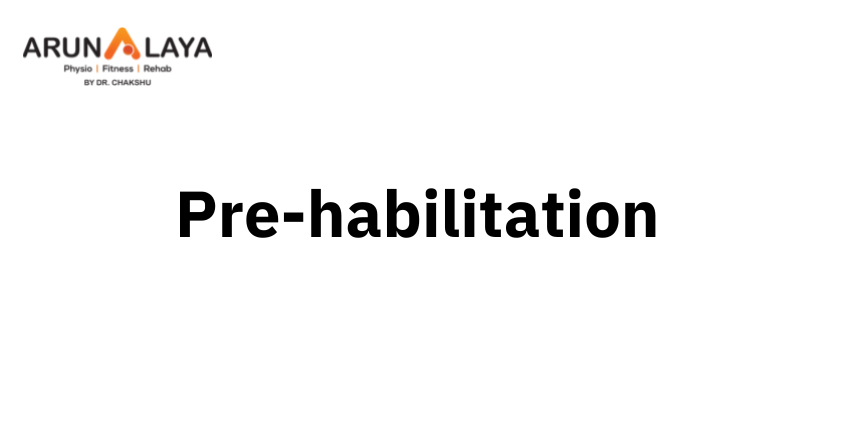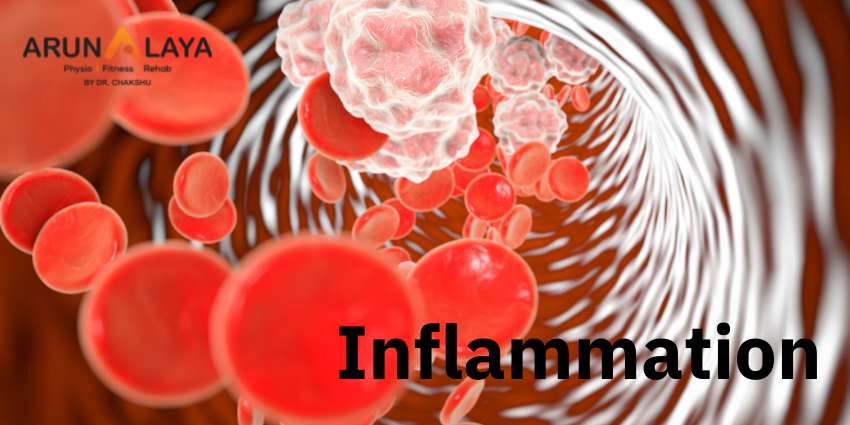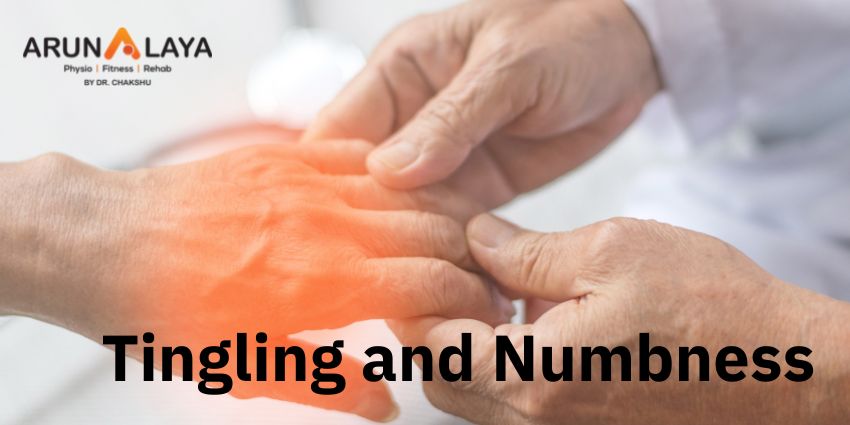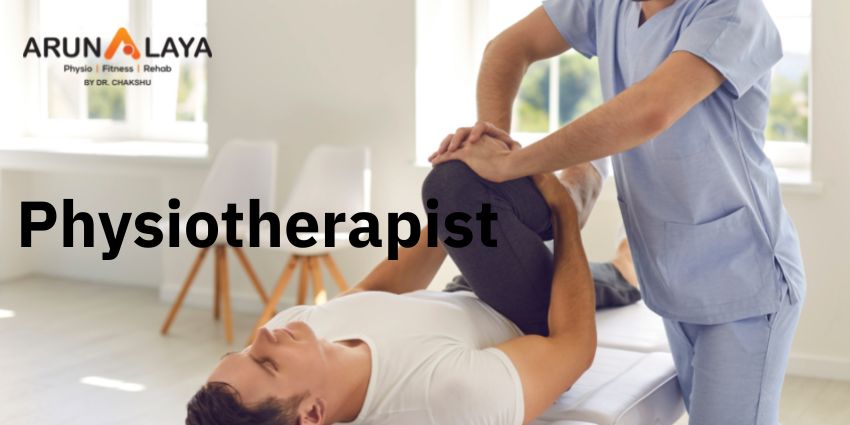Taping in Physiotherapy: More Than Just a Trend
Introduction: Taping in physiotherapy serves a pivotal role, emphasizing functionality over fashion. It’s a practical approach, primarily employed to provide support to injured or unstable joints, alleviate pain, and actively contribute to the rehabilitation process. In this article, we delve into the therapeutic functions, types, and application of taping in physiotherapy.
Taping’s Therapeutic Functions:
- Support and Stability:
- Protective Reinforcement: Taping acts as a guardian, offering support and stability to vulnerable joints, such as ankles, knees, or wrists. This safeguard helps avert excessive movement and strain during physical activities, contributing to the protection and recovery of injured areas.
- Pain Reduction:
- Altering Pain Perception: Taping techniques play a role in pain management by influencing the way nerves perceive pain signals. By gently altering this perception, taping contributes to pain reduction, making it a valuable tool in the arsenal against discomfort.
- Compression for Swelling: Taping is instrumental in addressing swelling by providing compression. This controlled pressure aids in reducing inflammation, further promoting pain relief.
- Improved Muscle Function:
- Enhancing Coordination and Activation: Taping isn’t just about immobilization; it also encourages improved muscle function. By offering valuable feedback to muscles, it enhances their coordination and activation, ultimately facilitating a smoother rehabilitation process.
Exploring Different Types of Taping:
- Kinesiology Tape:
- Dynamic and Colorful: Kinesiology tape is the dynamic, colorful tape that often adorns athletes. Designed to mimic the elasticity of human skin, it provides support without hindering movement. This type of tape is commonly employed for muscle and joint injuries.
- Athletic Tape:
- Rigid and Sturdy: In contrast to kinesiology tape, athletic tape offers rigidity and stability, making it ideal for joint support. It restricts movement to a greater extent, frequently finding use in sports like volleyball or basketball.
Taping Application: 3. Customized Application:
- Taping in physiotherapy is not a one-size-fits-all approach. Rather, it’s a customized endeavor. Trained physiotherapists assess each individual’s unique condition and therapeutic goals. They then apply the tape with precision, tailoring it to the patient’s specific needs.
Conclusion: Taping in physiotherapy goes beyond being a mere trend; it’s a fundamental component of the rehabilitation process. Its therapeutic functions encompass providing support, reducing pain, and enhancing muscle function. Whether it’s the dynamic kinesiology tape or the sturdy athletic tape, the choice is guided by the patient’s condition. The key takeaway is that taping, when applied by trained professionals, proves to be a highly effective tool in the journey to recovery and improved physical well-being.





